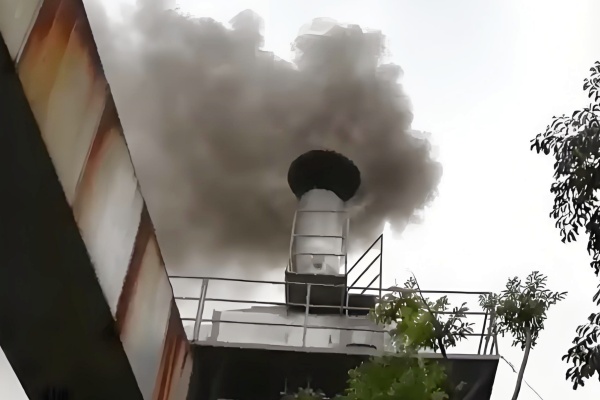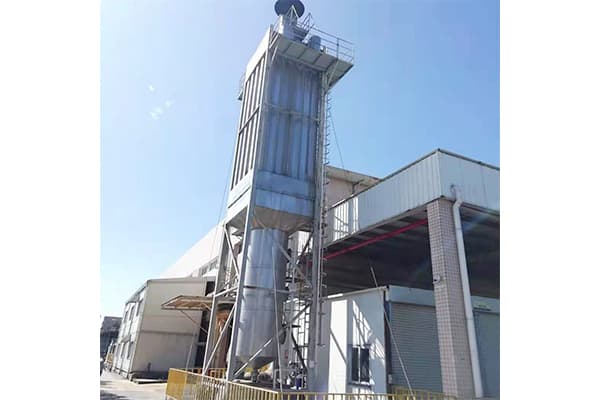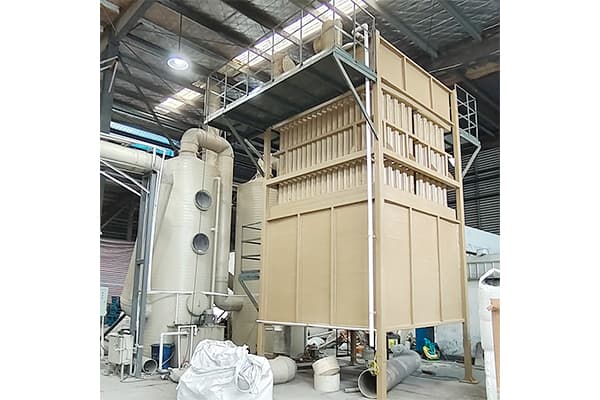How to stably and effectively solve the problem of white smoke emitted from biomass boilers
The increasing use of biomass boilers as an alternative to fossil fuel-based systems has brought significant environmental benefits,such as reduced carbon emissions and enhanced energy sustainability.However,the emission of white smoke from biomass boilers has become a notable concern,both aesthetically and environmentally.White smoke is primarily composed of water vapor and,in some cases,fine particulate matter.This phenomenon is often more pronounced during startup,shutdown,or when the boiler operates at low loads.Addressing this issue is crucial for maintaining public acceptance and ensuring compliance with environmental regulations.
Understanding the Source of White Smoke
White smoke in biomass boilers is primarily a result of the condensation of water vapor in the exhaust gases.Biomass fuels,such as wood chips,agricultural residues,and other organic materials,contain a high moisture content.When these fuels are combusted,the water is released as vapor.If the exhaust gases cool sufficiently before being released into the atmosphere,the water vapor condenses into visible white smoke.Additionally,incomplete combustion can contribute to the formation of fine particulate matter,which may also appear as white smoke.
Strategies for Effective Elimination
1\.Optimize Combustion Processes
Improving combustion efficiency is a fundamental approach to reducing white smoke emissions.Advanced combustion control systems can optimize fuel and air mixing,ensuring complete combustion.By maintaining an optimal fuel-to-air ratio,the combustion process can be more efficient,reducing the amount of unburned fuel and moisture released into the exhaust.Additionally,upgrading to high-efficiency burners and implementing automated combustion controls can help stabilize the boiler's operation,minimizing fluctuations that lead to visible emissions.
2\.Implement Flue Gas Heat Recovery
One effective method to address white smoke is to prevent the condensation of water vapor in the exhaust gases.Installing flue gas heat recovery systems can help maintain higher exhaust gas temperatures,reducing the likelihood of water vapor condensation.Heat exchangers can capture waste heat from the exhaust gases and use it to preheat the combustion air or feedwater.This not only reduces white smoke but also improves overall boiler efficiency and reduces fuel consumption.
3\.Use Drying and Pre-treatment Technologies
Reducing the moisture content of biomass fuels before combustion can significantly minimize white smoke emissions.Pre-drying systems,such as rotary dryers or fluidized bed dryers,can remove excess moisture from biomass fuels.By lowering the fuel's moisture content,the amount of water vapor released during combustion is reduced,thereby decreasing the formation of white smoke.Additionally,pre-treatment methods like torrefaction can improve fuel quality and combustion characteristics,further enhancing boiler performance.
4\.Employ Filtration and Scrubbing Systems
In cases where white smoke is still visible despite optimized combustion,filtration and scrubbing systems can be employed to capture fine particulate matter and reduce the opacity of emissions.Electrostatic precipitators(ESPs)or fabric filters can effectively remove solid particles from the exhaust gases.Wet scrubbers can also be used to remove both particulate matter and gaseous pollutants,such as sulfur dioxide and nitrogen oxides,while simultaneously cooling the exhaust gases to prevent condensation.
Conclusion
The elimination of white smoke from biomass boilers is a multifaceted challenge that requires a combination of advanced technologies and optimized operational practices.By improving combustion efficiency,implementing flue gas heat recovery,reducing fuel moisture content,and employing filtration and scrubbing systems,it is possible to significantly reduce visible emissions.These measures not only enhance the environmental performance of biomass boilers but also ensure their long-term viability as a sustainable energy solution.
 How Wet Electrostatic Precipit
How Wet Electrostatic Precipit
 Wet Electrostatic Precipitato
Wet Electrostatic Precipitato
 Effective Purification of Dryi
Effective Purification of Dryi
 Effective Treatment of Metal
Effective Treatment of Metal


